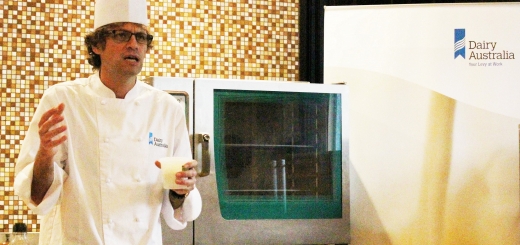What You Need to Know About Vertical Farming

The agriculture sector has recently experienced huge losses. As the Philippines yielded less agricultural goods in the first quarter of 2020 due to the global pandemic, the situation may aggravate sooner or later.
Early this month, a report from the Philippine Statistics Authority (PSA) presents that the agriculture output declined by 1.2% from the 0.4% growth during the same period last year. With food being one of the most critical industries in the world, the Department of Agrarian Reform (DAR) pushes for urban agriculture to assure food supply in Metro Manila amid COVID-19 spread.
The sustainability webinar conducted by Mr. Ralph Becker of Urban Greens explains the benefits of growing our own food plants at home. Initially, Mr. Becker emphasized the current condition of our farming system.
Our country has an inconsistent supply and quality in the food chain due to climate. Food plants grow really well if there is enough water to keep them from drying. However, during the wet season, the high volume of water in a very short period of time makes it not ideal for plants to grow. It needs to strike a balance. In addition, Mr. Becker stressed the importance of updating our farming techniques. The reason why the Philippines is currently left behind with its neighboring countries such as Vietnam, Indonesia, and China is because these Asian countries heavily invest in agricultural development.
Hydroponics or vertical farming, by definition, is a method of growing plants in a water-based, nutrient-rich solution that does not use soil. Some of the easiest fruits and vegetables to grow at home include basil, bean, pechay, lettuce, tomatoes, just to name a few.
One of the benefits of using hydroponics is that it helps in increasing growth in plants. Plants can mature up to 25% faster and produce up to 30% more as compared to others that are grown in soil. The science behind this is that plants no longer need to work as extensive in obtaining nutrients. It focuses directly on growing upwards instead of expanding its root system in the opposite direction.
Mr. Becker also shared a good number of advantages of urban vertical farming. These are as follows:
- It is 90% more water-efficient as compared to traditional farming set-up.
- Since plants grow vertically over different levels, production increases three to ten times in the same amount of space.
- Many crops can be produced twice as fast in a well-managed hydroponic system.
- Decreasing the time between harvest and consumption increases the nutritional value of the end product.
- Indoor gardening in a climate-controlled environment means farms can exist in places where weather and soil conditions are not favorable for traditional food production.
- No chemical weed or pest control products are needed when operating a hydroponic system.
Mr. Becker also discussed how the nutrients synthetically added to the plants are commonly disregarded by many of us. Hence, he emphasized that the abundance of these nutrients entails the most important consideration people should take note of when growing plants.
If we all come to think of it, another factor that hampers the growth of our agriculture industry is the high cost of fresh produce. How many times does a certain produce have to go through? Technically, everyone who handles the food causes an increase in cost. The more time you add and the more logistical procedure you do, it lessens the freshness of the product and at the same time, charges more.
With all these in place, it is essential to learn how to bring sustainable farming and produce to urban dwellers with the use of homegrown planting or innovative vertical farming systems.
From the words of Mr. Becker, “Every indoor plant alleviates the carbon footprint impact by quite an amount. We have the knowledge already. We [only] need to put all the key players to solve this. ”





